
About seven years after former President Felipe Calderon dispatched soldiers into his home state of Michoacán, launching a crackdown on organized crime and ruthless drug cartels now estimated to have killed 80,000 and widely viewed as unsuccessful, the region remains gripped by terror.
The recent flare-up began last year when the Knights Templar, a cartel thought to rake in about $75 million a year, took over a key port to ferry drugs and claim taxes on state exports of lime, avocado and iron ore to feed its growth. The government sent in troops to aid local authorities, but this week President Enrique Peña Nieto pushed in more security forces to restore order.
Those troops are now clashing with fuerzas autodefensas, the groups of armed vigilantes that sprung up last year to regain control of their territory. The army is attempting to disarm them, the cartel and any locals—including police officers—thought to have close ties with crime networks or militias. The violence is raising significant questions about whether Peña Nieto, who’s trying to secure foreign energy investments, can end what his predecessor began.
French photojournalist Jerome Sessini, of the Magnum photo agency, spent the past month documenting the strife. Over the past week, he shadowed vigilantes from Paracuaro to Antúnez to Nueva Italia as they barreled into municipalities, detained anyone associated with the cartels and secured the towns.
Taking back Paracuaro took 40 minutes. Moving toward Antúnez, a pickup truck in their caravan fell behind and was seized by three Templarios. Later, several vigilantes not only recovered the vehicle, but detained the teenagers responsible (slide #4). Once they arrived to Antúnez, winning control was fairly quick. But in Nueva Italia, it took about three hours. Sessini was with a group of 15 fighters, armed with Kalashnikovs, on the front line right outside the city. He stayed close once they began moving from street to street in search of cartel members. At least two were shot and killed.
Sessini sees this work as a continuation of “The Wrong Side,” his book published in March 2013 and based on two years of witnessing Mexico’s most violent cities slip into wasteland. His drive and commitment to return and document the chaos is born from fascination and curiosity: “If they give back the weapons, the Templar will come back and they will kill everybody—any family of the autodefensas, for sure,” he says. “It’s a very complicated situation and I’m really curious to know what games the government is playing.”
Whether made at a checkpoint (#7) or during a gunfight (#10) or en route to a contested municipality (#17), Sessini’s frames provide a portrait of a thorny, entrenched conflict that’s roiled Mexico for years. His work, both intimate and removed, ensures we can’t fully look away.
Jerome Sessini is a French photojournalist represented by Magnum.
Andrew Katz is a reporter with TIME covering international affairs. Follow him on Twitter @katz.
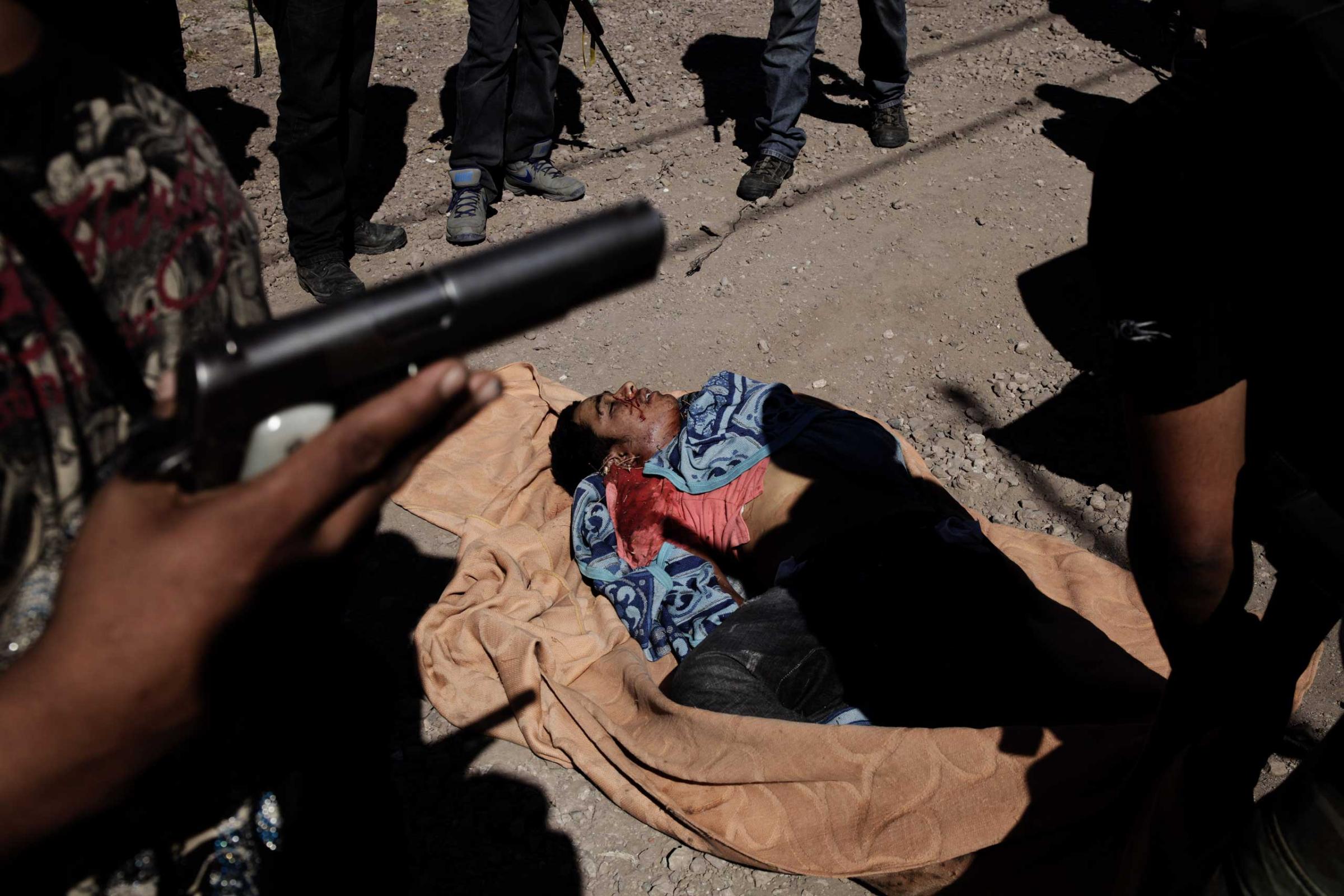
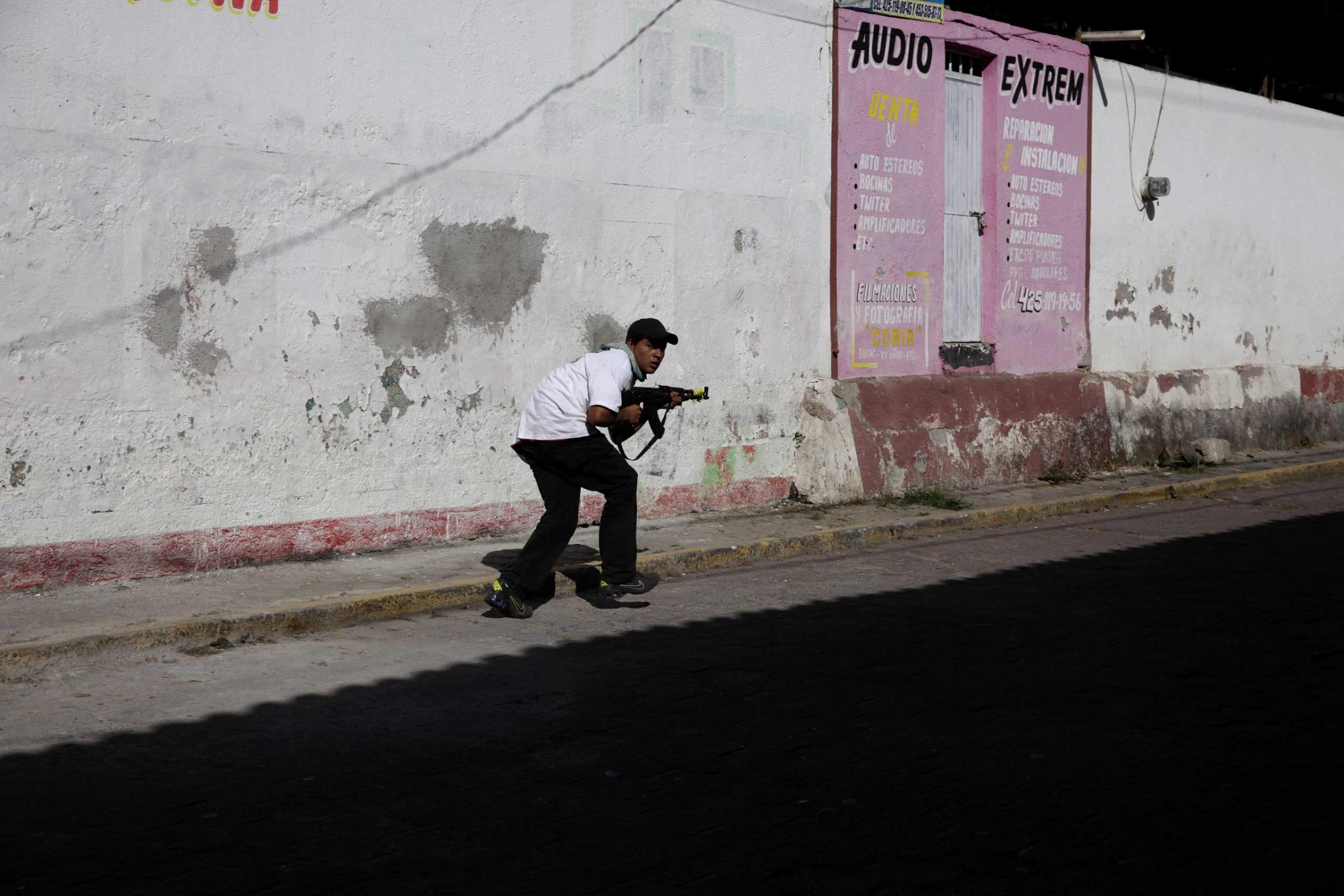
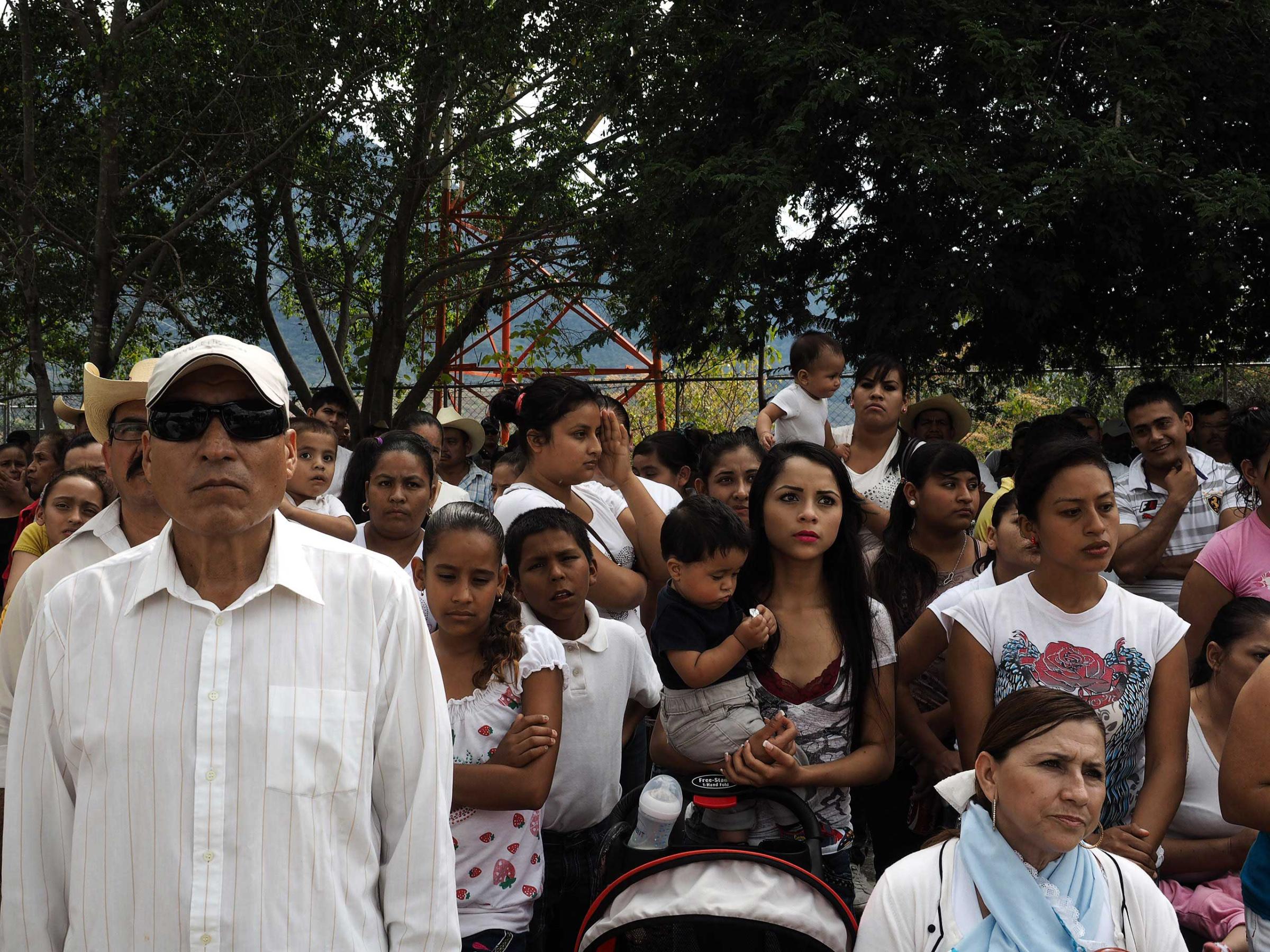
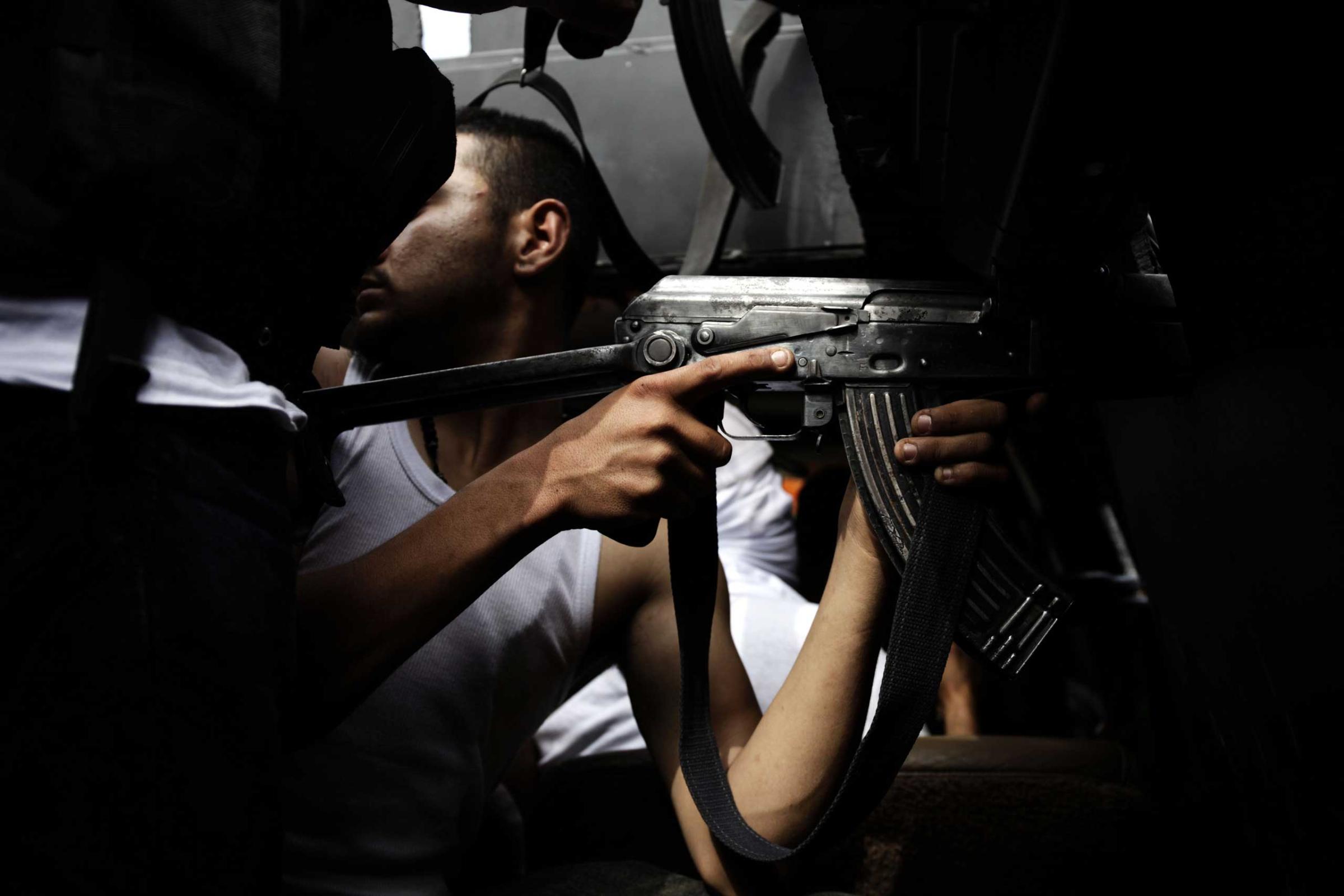
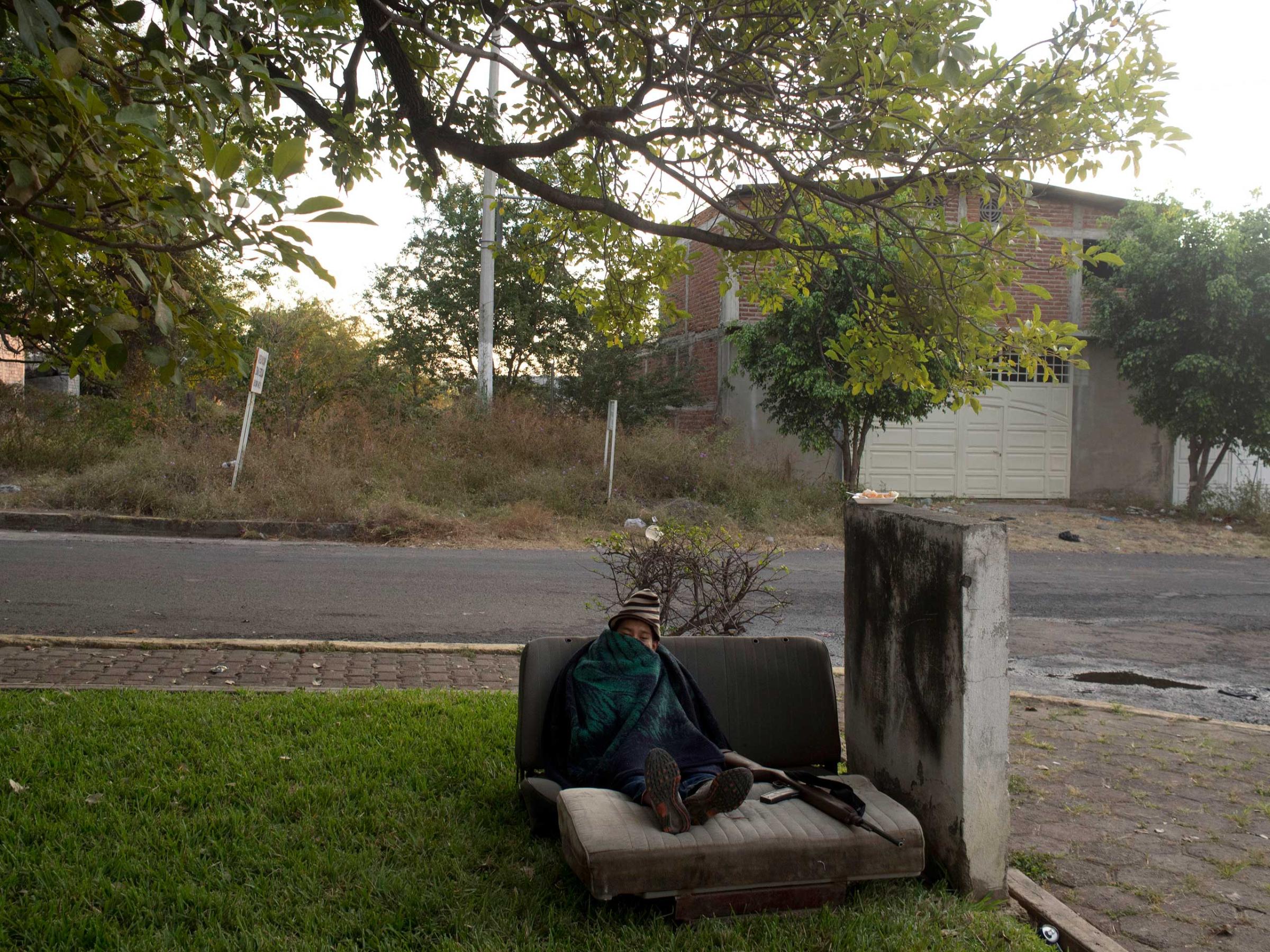


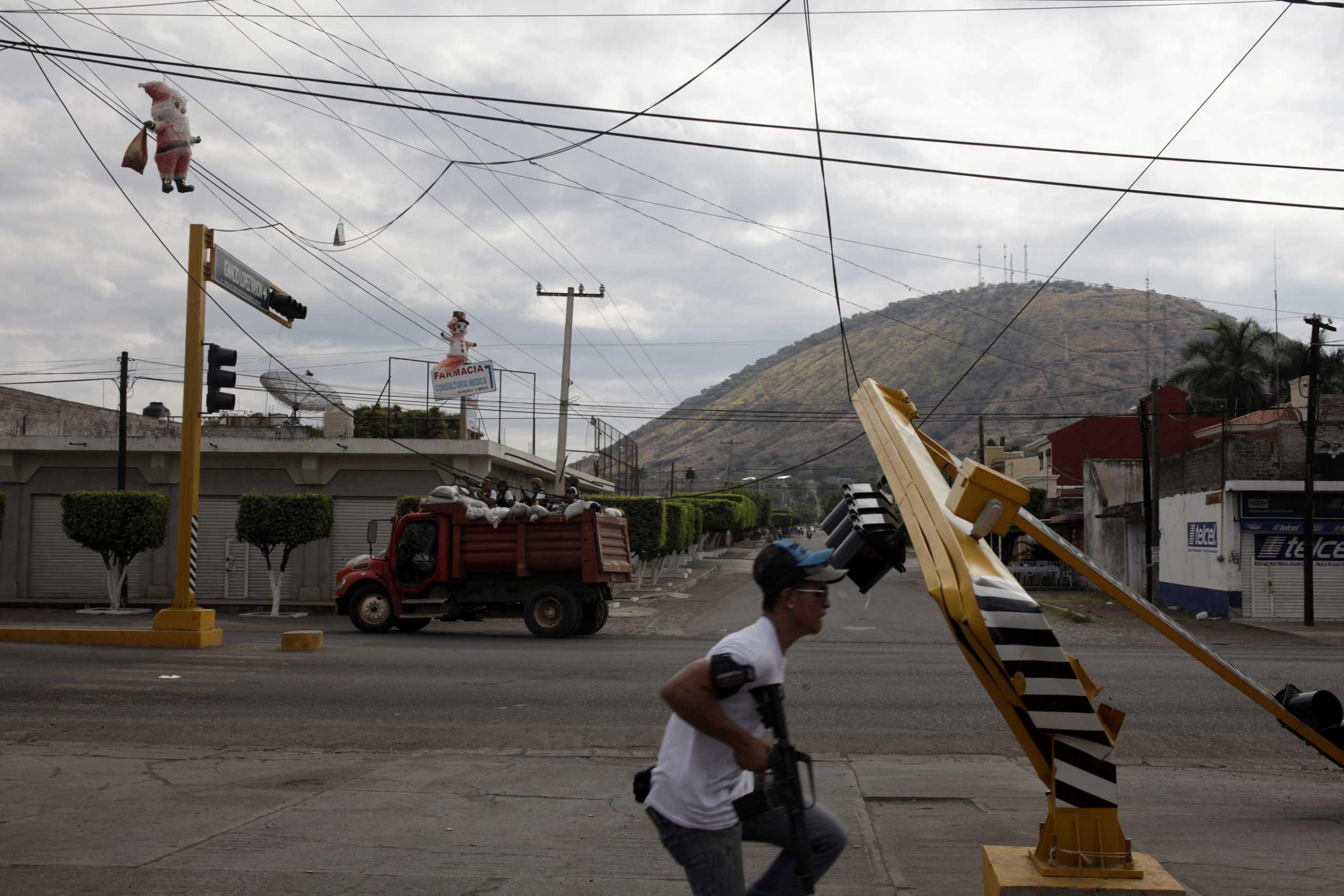
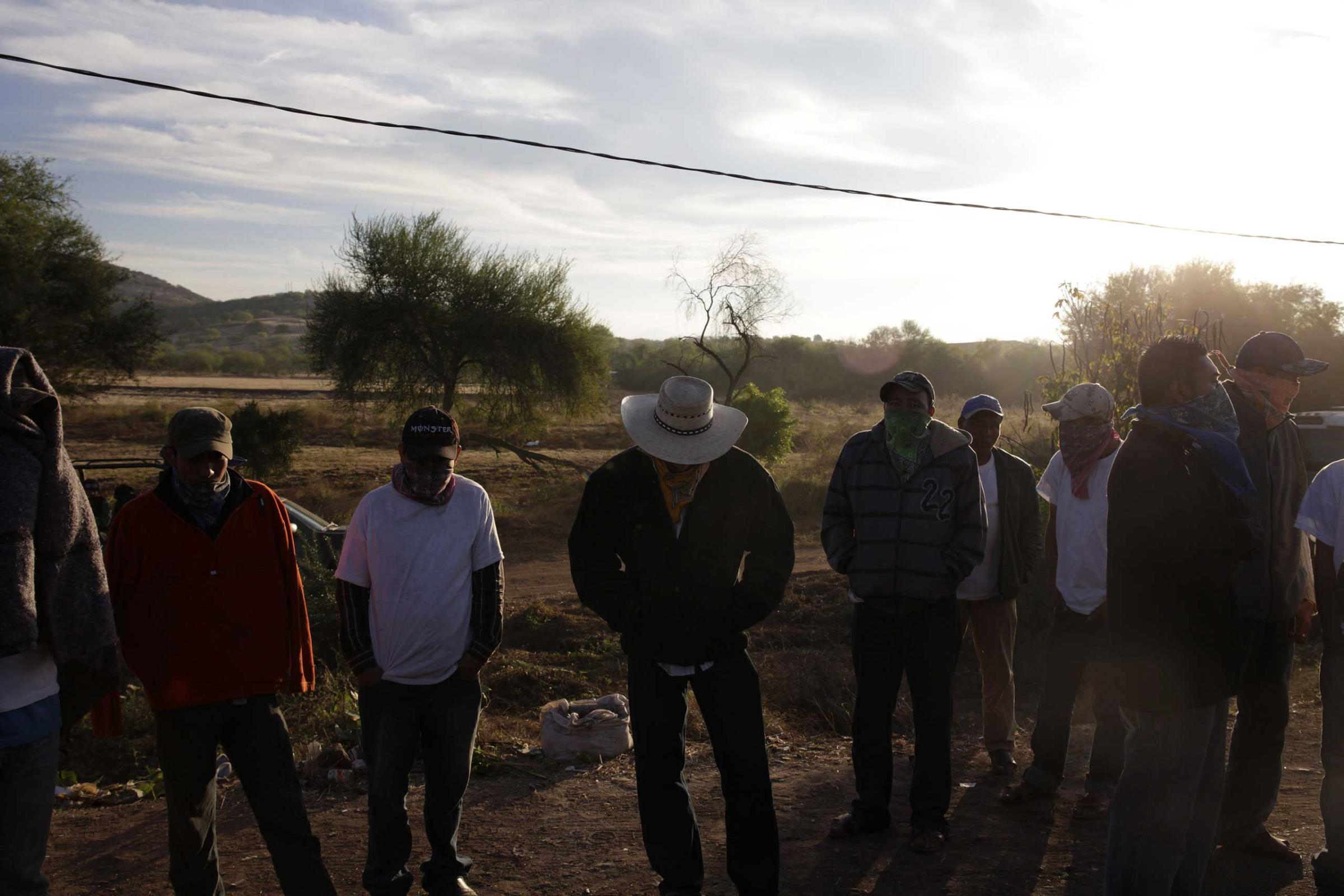



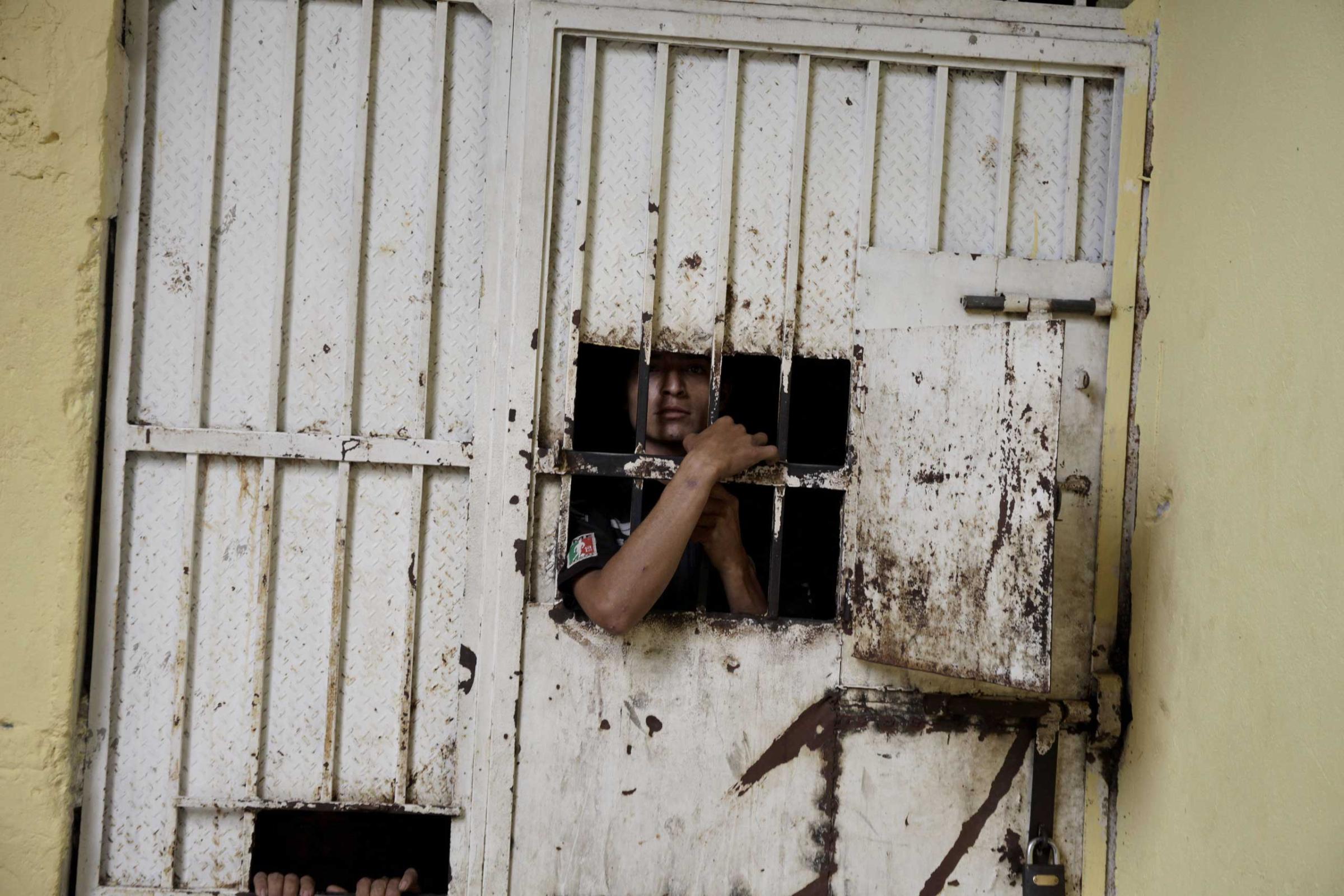

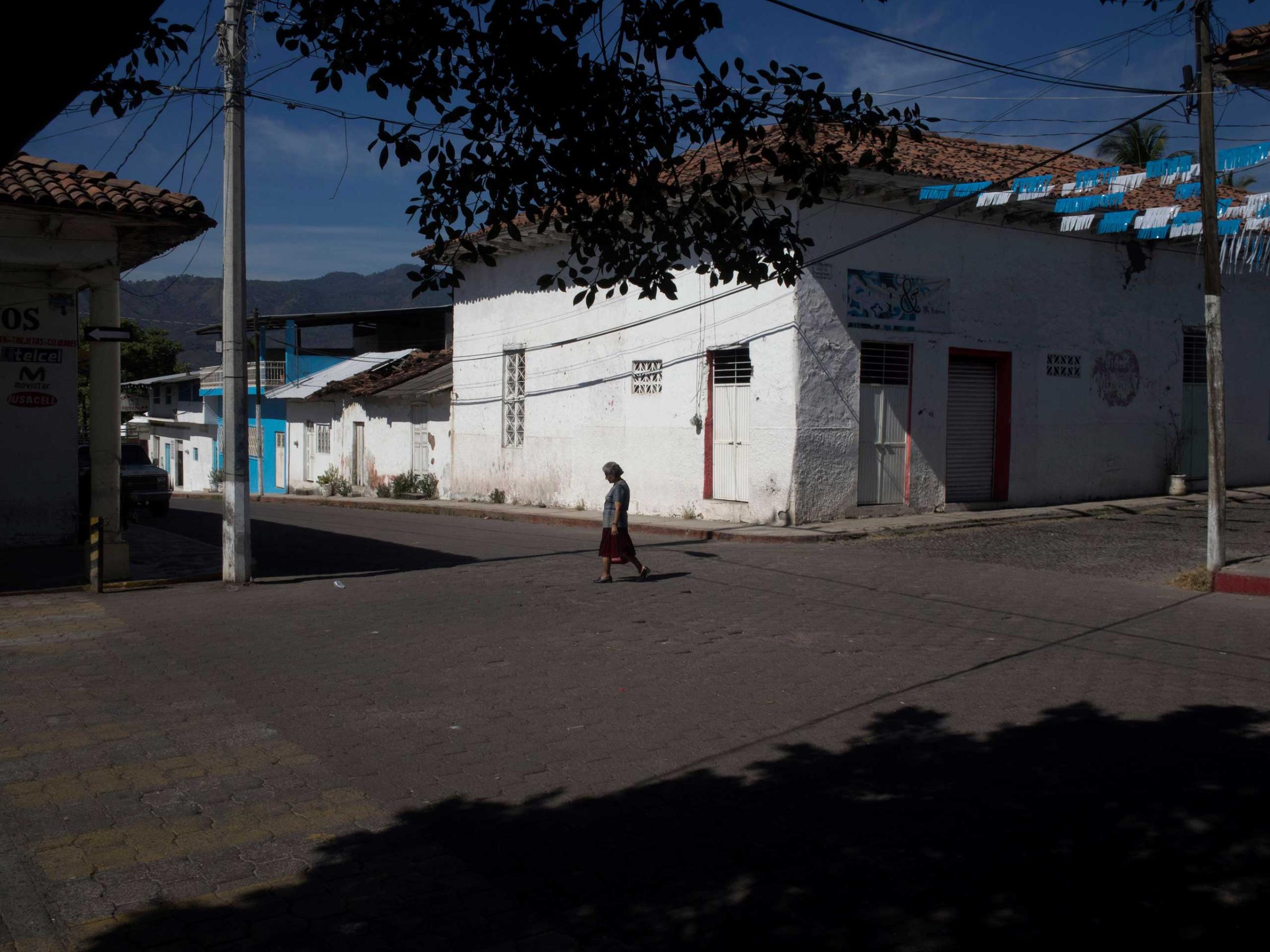

More Must-Reads from TIME
- Donald Trump Is TIME's 2024 Person of the Year
- Why We Chose Trump as Person of the Year
- Is Intermittent Fasting Good or Bad for You?
- The 100 Must-Read Books of 2024
- The 20 Best Christmas TV Episodes
- Column: If Optimism Feels Ridiculous Now, Try Hope
- The Future of Climate Action Is Trade Policy
- Merle Bombardieri Is Helping People Make the Baby Decision
Contact us at letters@time.com